Medical plastic injection molding serves as a crucial process for shaping medical plastic products, imparting them with perfect structures and precise dimensions, and driving innovation and technological advancement in the medical field. So, what characteristics make certain materials stand out and become favorites in medical plastic injection molding?

In the broad world of plastic materials, we typically categorize them into general plastics and engineering plastics based on their applications. In the realm of medical plastic injection molding, materials such as ABS, PP, PVC, and PC have won widespread favor due to their notable commonalities. The following are the core characteristics shared by these materials:
Efficient Molding of Complex Structures: Given that medical plastic components are often manufactured using metal molds with complex structural designs, to enhance production efficiency and shorten cycles, the selected materials must precisely match the requirements of the drawings and achieve high-precision processing, ensuring every detail is perfect.
Excellent Mechanical Properties: These materials exhibit high strength, superior impact resistance, and stable performance even in low-temperature environments. Additionally, they possess good notch sensitivity and creep resistance, maintaining stable physical properties even when faced with temperature increases. Coupled with low friction coefficients and outstanding wear resistance, they ensure the long-lasting durability of products.
Balancing Wear Resistance and Surface Quality: The surface gloss and precision of plastic components are directly related to the wear resistance of the mold cavity. Especially when glass fibers, special fillers, or pigments are added, the materials must withstand the high friction caused by high-speed flow, preventing wear that would compromise product quality and maintaining the aesthetics and functionality of the products.
Outstanding Dimensional Stability: During the injection molding process, the mold cavity temperature often reaches over 300℃. Therefore, the materials must possess excellent dimensional stability. The use of appropriately tempered tool steel (heat-treated steel) can effectively prevent changes in the material's microstructure, ensuring constant mold dimensions and product precision.
Minimizing the Impact of Heat Treatment: To enhance hardness and wear resistance, heat treatment is an indispensable step. However, ideal medical plastic injection molding materials should maintain minimal size changes during heat treatment, ensuring the accuracy and consistency of the final products.
With the global medical device industry growing at an average rate of about 4% annually, far exceeding the growth rate of the national economy, particularly with the United States leading the world in medical device production and consumption, the selection and optimization of medical plastic injection molding materials will undoubtedly become a key driver for continuous innovation and high-quality development in the industry.
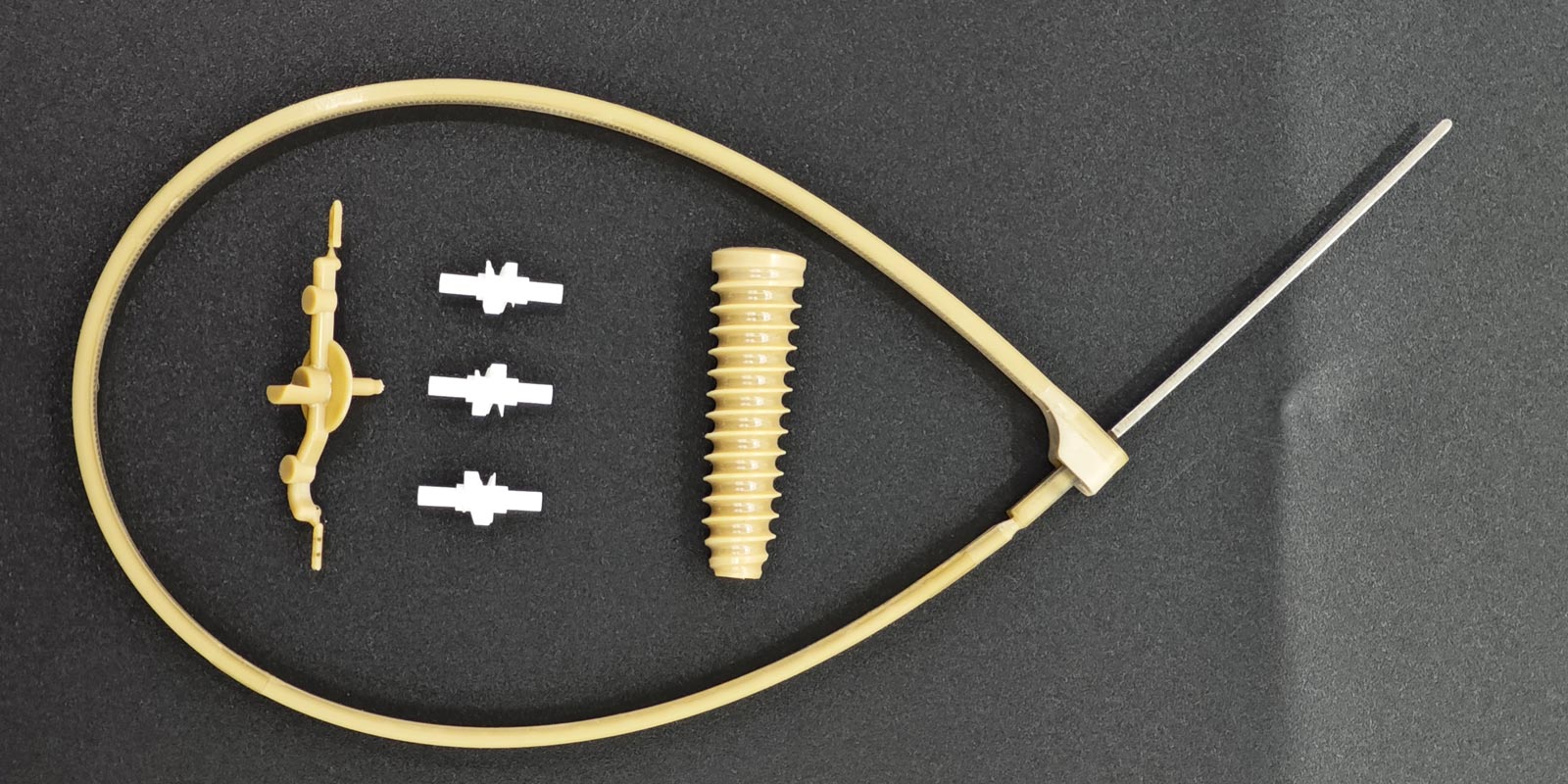
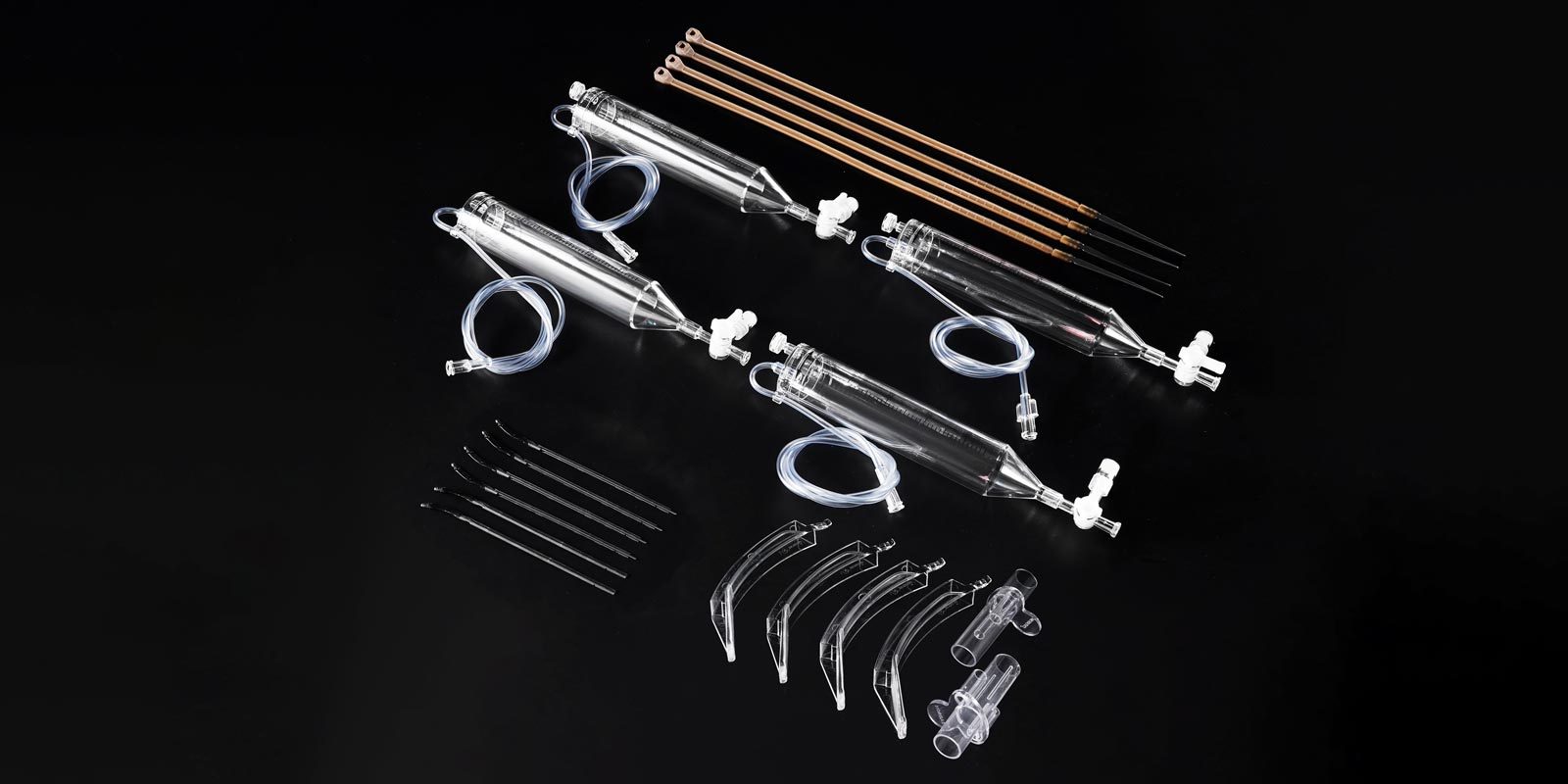
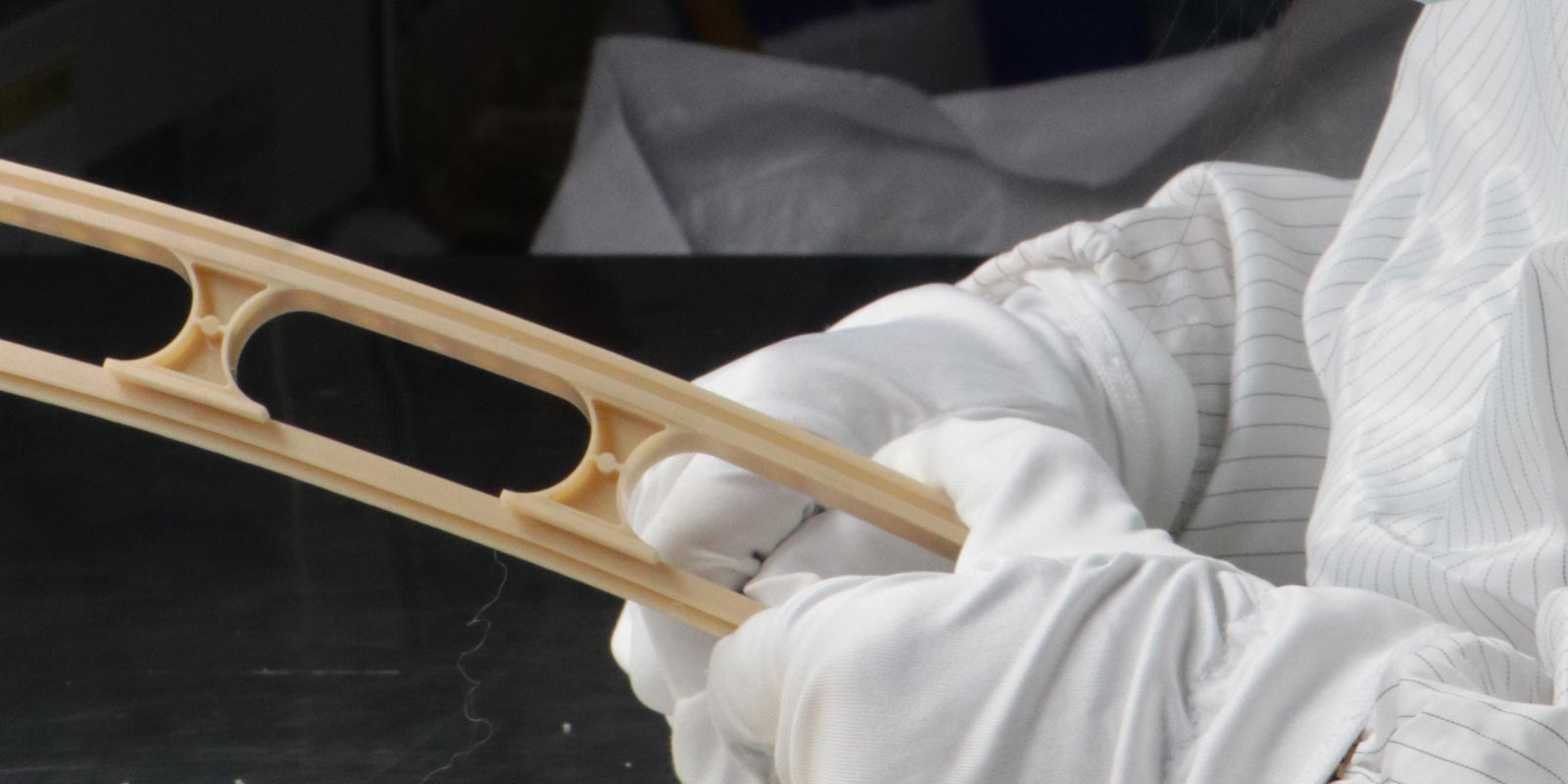
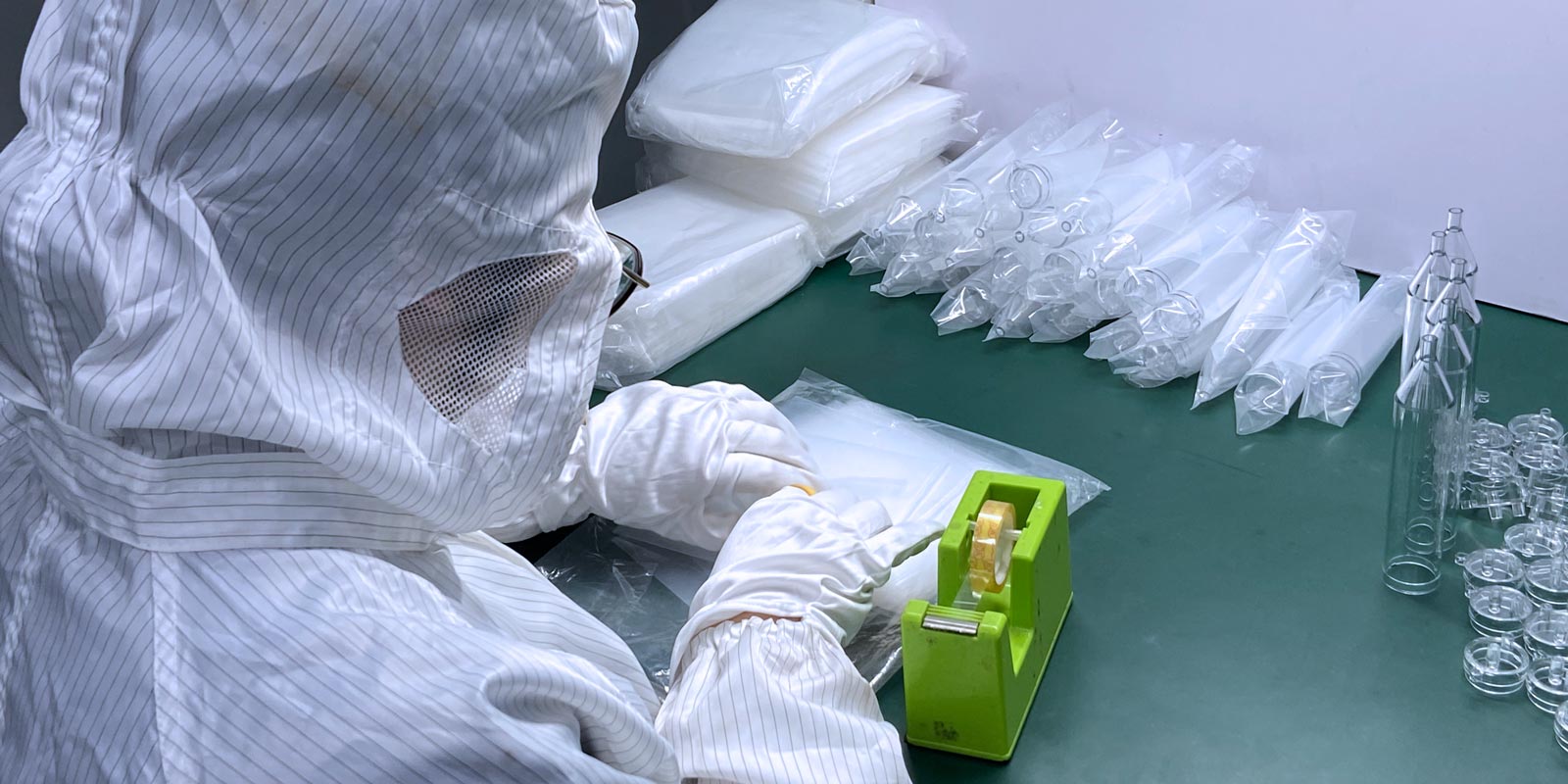
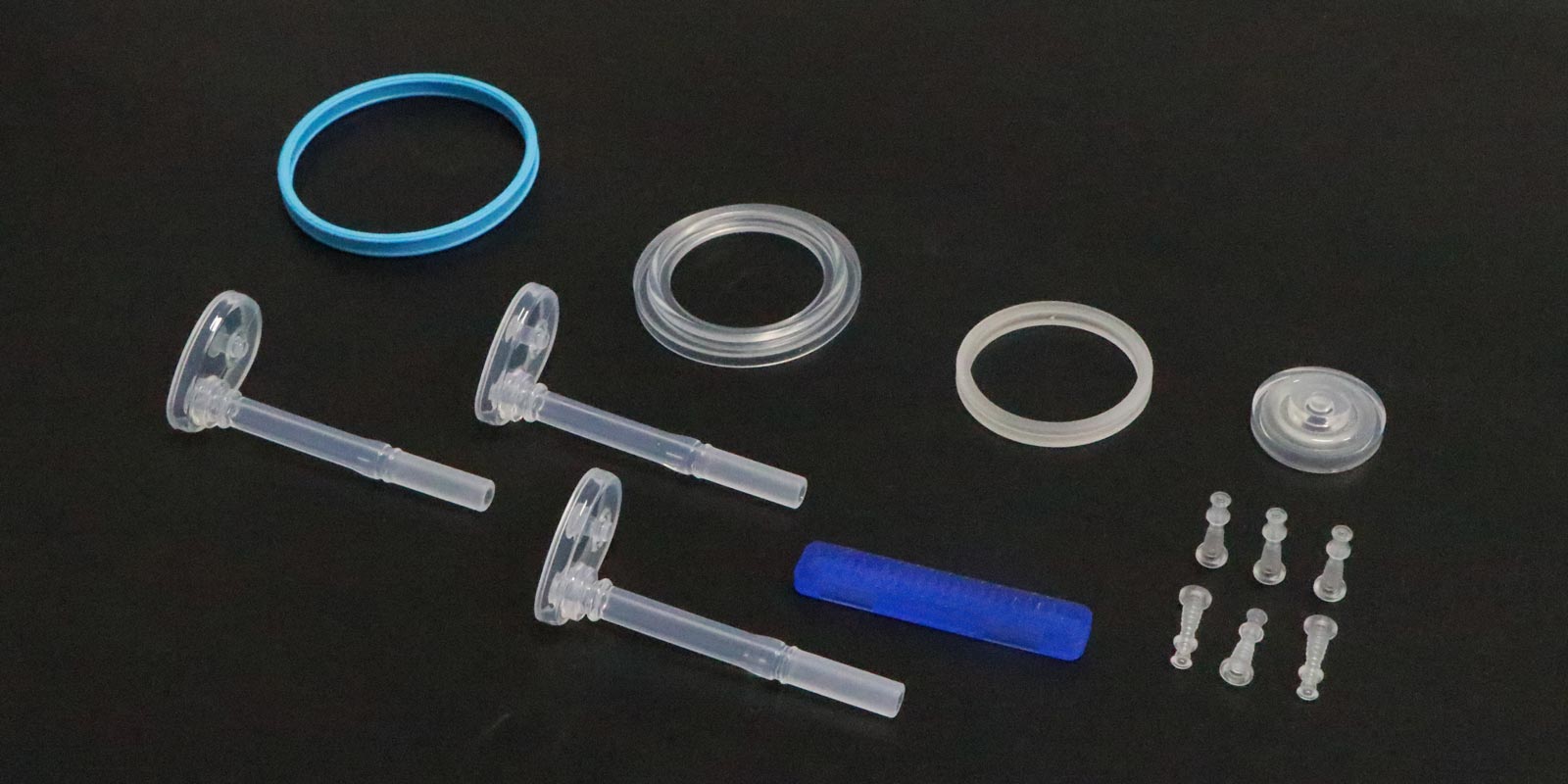











 Home
Home
